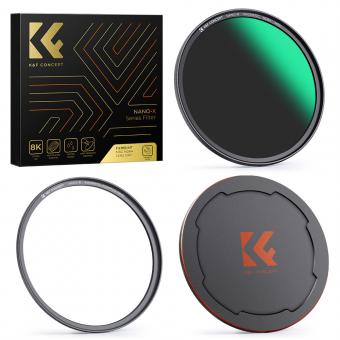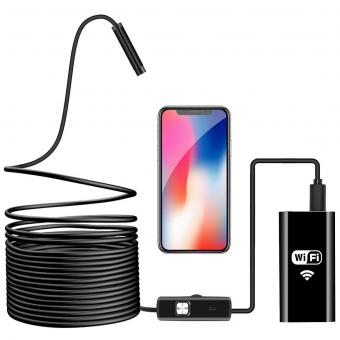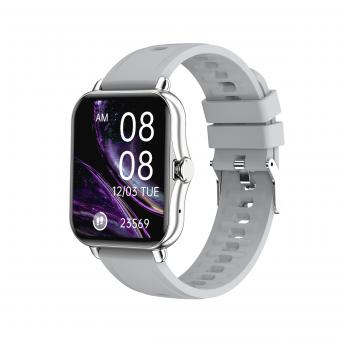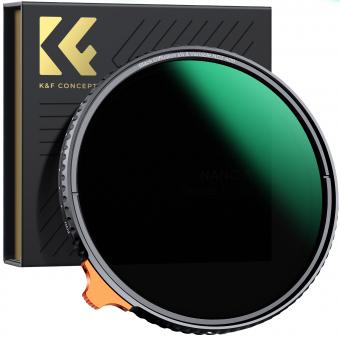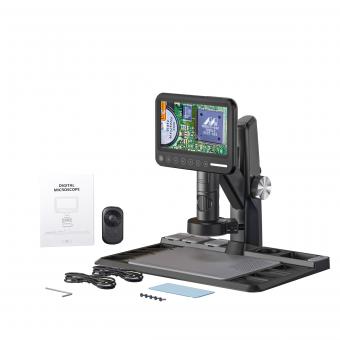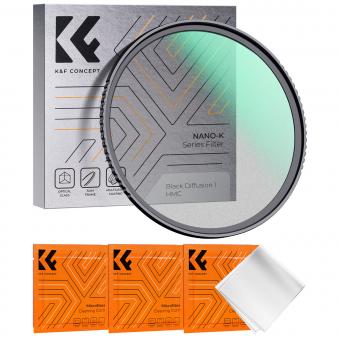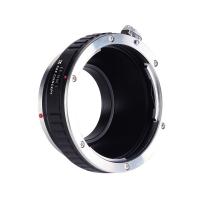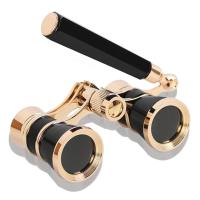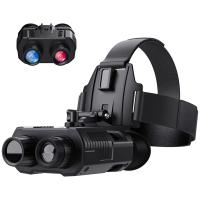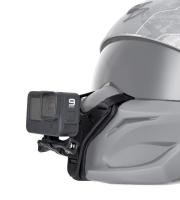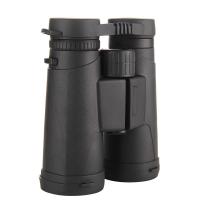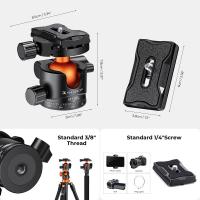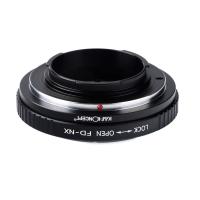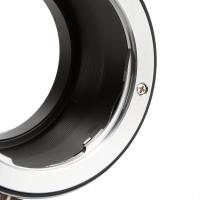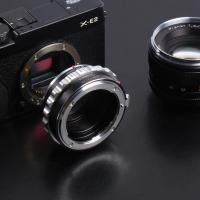What Is Disadvantages Monoculares ?
Monoculares have several disadvantages. Firstly, they provide limited depth perception as they only have one lens, making it difficult to accurately judge distances. Additionally, the field of view is narrower compared to binoculars, which can restrict the user's ability to observe a wide area. Monoculares also tend to have lower magnification power compared to binoculars, resulting in less detailed and clear images. Another drawback is that using a single eye for prolonged periods can cause eye strain and fatigue. Furthermore, due to their smaller size and single-handed operation, monoculares can be more prone to shaking and instability, making it challenging to maintain a steady image. Lastly, the lack of a second eye lens can make it harder to stabilize the image, especially when tracking moving objects.
1、 Limited depth perception
One of the main disadvantages of monoculares is limited depth perception. Monoculares are designed to provide vision through a single lens, which means that they lack the ability to perceive depth accurately. This can be a significant drawback in various situations, especially those that require precise judgment of distances.
Limited depth perception can be particularly problematic in activities such as driving or operating machinery. Without accurate depth perception, it becomes challenging to accurately judge the distance between objects, which can increase the risk of accidents or errors. Additionally, tasks that require precise hand-eye coordination, such as playing sports or performing delicate tasks, can also be affected by the lack of depth perception.
From a latest point of view, advancements in technology have led to the development of more sophisticated monoculares that attempt to address this limitation. Some modern monoculares incorporate depth-sensing technologies, such as infrared sensors or laser rangefinders, to provide users with a more accurate perception of depth. However, these advancements are still limited and may not completely overcome the inherent disadvantage of limited depth perception.
Furthermore, monoculares also have a narrow field of view compared to binoculars or human vision. This restricted field of view can make it difficult to observe peripheral objects or track moving targets effectively. It can be particularly challenging in situations that require situational awareness, such as hunting or surveillance.
In conclusion, limited depth perception is a significant disadvantage of monoculares. While advancements in technology have attempted to mitigate this limitation, it remains a drawback that can impact various activities requiring accurate judgment of distances and precise hand-eye coordination.
2、 Narrow field of view
One of the main disadvantages of monoculares is their narrow field of view. Monoculares typically have a limited viewing angle, which means that the user can only see a small portion of the surrounding area at any given time. This can be particularly problematic in situations where a wider field of view is necessary, such as when observing wildlife or engaging in outdoor activities.
The narrow field of view can also make it difficult to track moving objects or follow fast-paced action. For example, when birdwatching, a narrow field of view can make it challenging to keep up with birds in flight or to locate them quickly in dense foliage. Similarly, when participating in sports or other activities that require quick reactions, a limited field of view can hinder performance and awareness of the surroundings.
However, it is worth noting that advancements in technology have led to the development of monoculares with wider fields of view. Some modern models offer wider viewing angles, allowing users to see more of their surroundings. These advancements have helped to mitigate the disadvantages associated with a narrow field of view.
In conclusion, while the narrow field of view is a disadvantage of monoculares, it is important to consider that technological advancements have addressed this issue to some extent. It is advisable for individuals considering the purchase of a monoculares to research and choose a model that offers a wider field of view to enhance their overall experience.
3、 Difficulty in judging distances accurately
One of the main disadvantages of monoculares is the difficulty in judging distances accurately. Monoculares are designed to provide a single-eye view, which can make it challenging to accurately perceive depth and distance. Unlike binoculars, which provide a stereoscopic view, monoculares lack the ability to merge two images from slightly different angles, making it harder to gauge distances.
The lack of depth perception can be particularly problematic in certain situations, such as outdoor activities like hiking or birdwatching, where accurately judging distances is crucial. It can also be a disadvantage in activities that require precise measurements, such as hunting or golfing.
However, it is important to note that advancements in technology have led to the development of more sophisticated monoculares that aim to address this issue. Some modern monoculares come equipped with depth perception features, such as rangefinders or laser distance measurement capabilities. These additions can help users overcome the challenge of accurately judging distances.
Additionally, some individuals may find it more difficult to adapt to using a monoculares compared to binoculars. The single-eye view can take some time to get used to, and some people may experience eye strain or discomfort when using a monoculares for extended periods.
In conclusion, while monoculares have their advantages, such as being lightweight and portable, one of the main disadvantages is the difficulty in judging distances accurately. However, with advancements in technology, this issue is being addressed, and newer models are incorporating features to improve depth perception.
4、 Lack of binocular vision
One of the main disadvantages of monoculares is the lack of binocular vision. Binocular vision refers to the ability of both eyes to work together, providing depth perception and a wider field of view. Monoculares, on the other hand, only provide vision through one eye, limiting the depth perception and reducing the overall visual experience.
Without binocular vision, it becomes more challenging to accurately judge distances and perceive the three-dimensional nature of objects in the environment. This can be particularly problematic in activities that require precise depth perception, such as driving, playing sports, or performing tasks that involve fine motor skills. The lack of binocular vision can also make it more difficult to navigate through crowded spaces or accurately perceive the speed and distance of moving objects.
Furthermore, monoculares can cause eye strain and fatigue. When using a monocular device for an extended period, the eye that is being used becomes overworked, leading to discomfort and potential long-term vision problems. Additionally, relying solely on one eye for vision can lead to a loss of peripheral vision, as the field of view is significantly reduced compared to binocular vision.
It is worth noting that advancements in technology have led to the development of more sophisticated monocular devices that attempt to compensate for the lack of binocular vision. For example, some modern monoculars use digital image processing to simulate depth perception and provide a more immersive visual experience. However, these advancements are still limited compared to the natural binocular vision provided by two eyes.
In conclusion, the lack of binocular vision is a significant disadvantage of monoculares. It affects depth perception, reduces the field of view, and can lead to eye strain and fatigue. While technological advancements have attempted to address these limitations, they are still not able to fully replicate the benefits of natural binocular vision.

